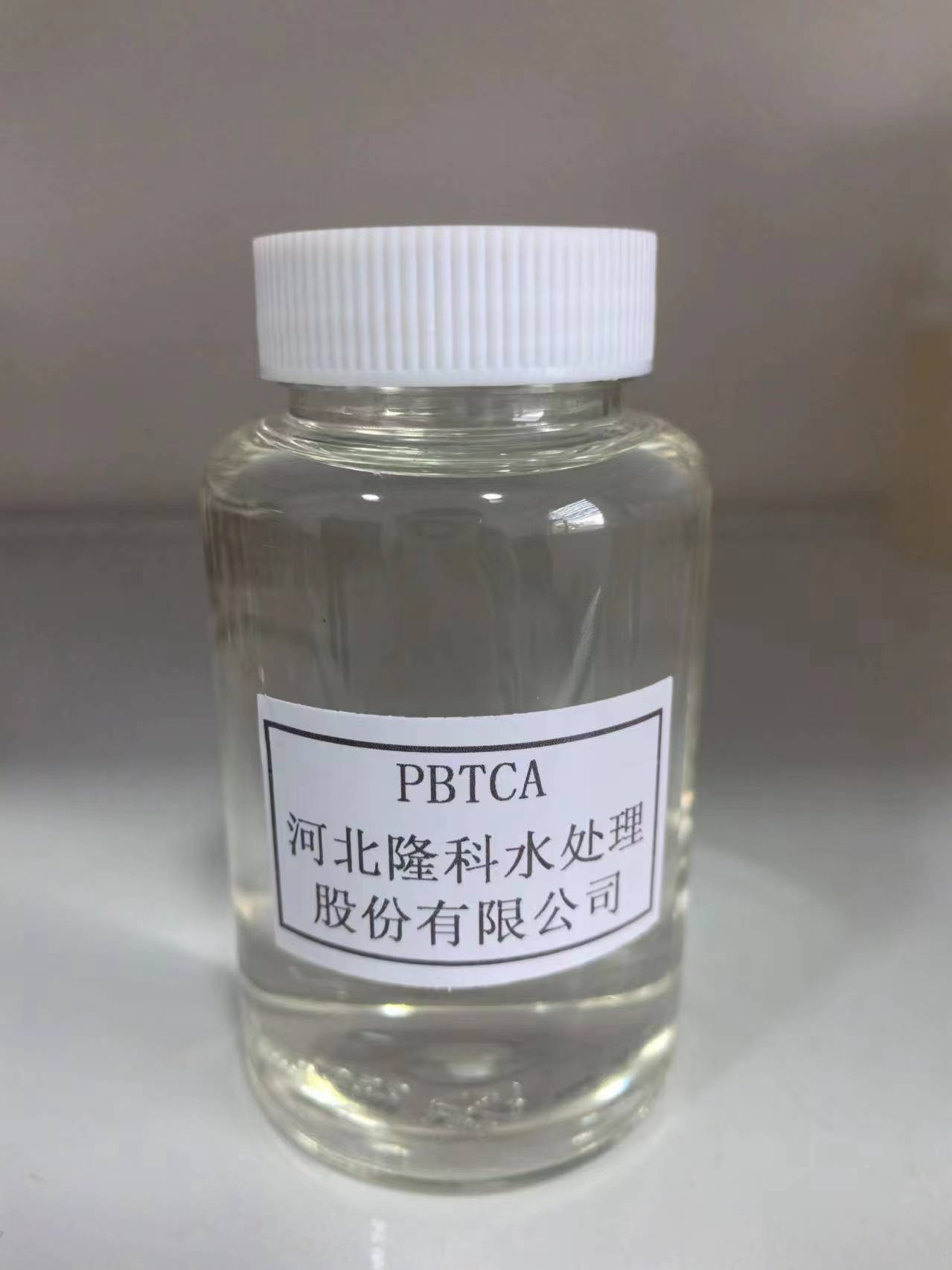Exploring the Properties and Applications of Benzyl Isothiazolinone in Industrial Formulations
Understanding Benzyl Isothiazolinone Uses, Safety, and Environmental Impact
Benzyl isothiazolinone (BIT), also known as 2-n-octyl-2H-isothiazol-3-one, is a member of the isothiazolinone family, which includes widely used preservatives such as methylisothiazolinone (MIT) and chloromethylisothiazolinone (CMIT). BIT has gained significant attention in recent years due to its application in various industries, particularly in cosmetics, cleaning products, and industrial formulations. This article explores the properties, uses, safety concerns, and environmental impacts of benzyl isothiazolinone.
Properties and Applications
Benzyl isothiazolinone is a synthetic biocide with potent antifungal and antibacterial properties. It is commonly utilized as a preservative in formulations to prevent microbiological growth, thereby extending the shelf life of products. You can find BIT in an array of applications, including personal care items such as shampoos, lotions, and wipes, as well as household cleaners and paints. Its effectiveness against a broad spectrum of microorganisms makes it a popular choice for manufacturers looking to ensure product safety and longevity.
Despite its advantages, the chemical structure of BIT raises some safety concerns. It can trigger allergic reactions in sensitive individuals, particularly when used in higher concentrations. As a result, regulatory bodies such as the European Union have set limits on the allowable concentration of BIT in cosmetic products, encouraging manufacturers to use safer alternatives or to formulate products that minimize exposure.
Safety Concerns
The safety profile of benzyl isothiazolinone is a topic of ongoing research and discussion. Several studies have indicated that BIT can cause skin sensitization and allergic reactions, which have led to its restriction in certain applications, particularly in cosmetics. Regulatory agencies have advised caution with its usage, promoting awareness among consumers regarding potential allergic responses. Symptoms may include redness, itching, and swelling, particularly in individuals who are already predisposed to dermatitis or other skin conditions.
benzyl isothiazolinone

The consumer safety aspect has prompted manufacturers to carefully evaluate the formulations containing BIT. Many brands are now opting for alternatives that offer similar preservative benefits while minimizing the risk of allergic reactions. This shift reflects a growing trend towards cleaner, safer beauty and personal care products.
Environmental Impact
In addition to human health concerns, the environmental implications of using benzyl isothiazolinone cannot be overlooked. As a biocide, BIT can have adverse effects on aquatic life and ecosystems when it enters waterways through wastewater or runoff. It is essential for manufacturers to consider eco-friendly practices and the safe disposal of products containing BIT to minimize their environmental footprint.
Those engaged in product formulation are now more inclined to investigate natural preservatives or those with less environmental persistence as science advances. The move toward sustainability in product formulations is becoming a priority, with many companies striving to incorporate greener alternatives to traditional biocides.
Conclusion
Benzyl isothiazolinone serves as an effective preservative with widespread application, primarily in cosmetic and cleaning products. However, its association with allergic reactions and environmental risks presents significant challenges. As consumer awareness regarding product safety continues to grow, industries are being urged to adopt safer practices and explore alternatives that protect both human health and the environment. The balance between efficacy and safety is crucial, and the ongoing dialogue surrounding BIT will undoubtedly shape its future usage in various formulations.
-
Pbtc Scale InhibitorPBTC: A Scale Protector for Industrial Water TreatmentNewsAug.05,2025
-
Organic Phosphonate: An Efficient Defender in the Field of Scale InhibitionNewsAug.05,2025
-
Hydrolyzed Polymaleic Anhydride: Green Pioneer in Scale Inhibition FieldNewsAug.05,2025
-
PAPEMP Polyamino Polyether Methylene Phosphonic Acid For SaleNewsAug.05,2025
-
Flocculant Water Treatment: A Pioneer in Purification in the Field of Water TreatmentNewsAug.05,2025
-
Benzyl Isothiazolinone: An Efficient and Broad-Spectrum Antibacterial Protective GuardNewsAug.05,2025





